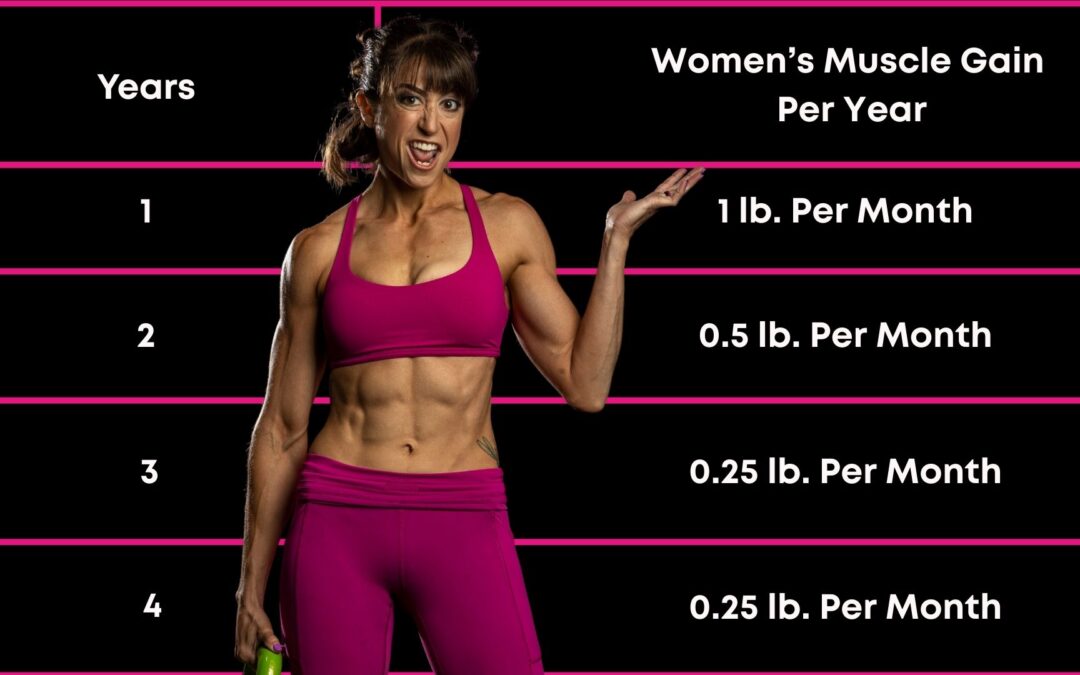
by Cori Lefkowith | Mar 27, 2025 | podcast
Listen: Change Requires CHANGE If you’re feeling stuck and know deep down that you could be doing better, don’t wait any longer. Your life is not going to change until you take action and make a bold move towards your goals. If you’re ready to take control of your...

by Cori Lefkowith | Mar 23, 2025 | Blog, Exercises, Workouts
Gaining muscle is a slow process. While you’d think being a more experienced exerciser would have its advantages, gaining muscle faster isn’t one of them. It actually gets harder the longer we’ve been training. That’s why it is key, no matter our fitness level, that...

by Cori Lefkowith | Mar 20, 2025 | podcast
Listen: Change Requires CHANGE If you’re feeling stuck and know deep down that you could be doing better, don’t wait any longer. Your life is not going to change until you take action and make a bold move towards your goals. If you’re ready to take control of your...

by Cori Lefkowith | Mar 16, 2025 | Blog, Diet, Exercises, Mindset
SHOULD. That one word often sabotages the mindset changes we need to make and habit actions we need to take. “I “should” be further along.” Only makes us frustrated and feel broken and like a failure. It doesn’t help us learn or want to make more changes. “I “should”...

by Cori Lefkowith | Mar 13, 2025 | podcast
Listen: Change Requires CHANGE If you’re feeling stuck and know deep down that you could be doing better, don’t wait any longer. Your life is not going to change until you take action and make a bold move towards your goals. If you’re ready to take control of your...






